When it comes to different styles of barbecue across the United States, places like Texas, Memphis, or North/South Carolina probably come to mind. However, there’s a particular style of barbecue that might not be as well-known, but most certainly punches above its weight class in flavor. We’d like to introduce you to Santa Maria-style barbecue.
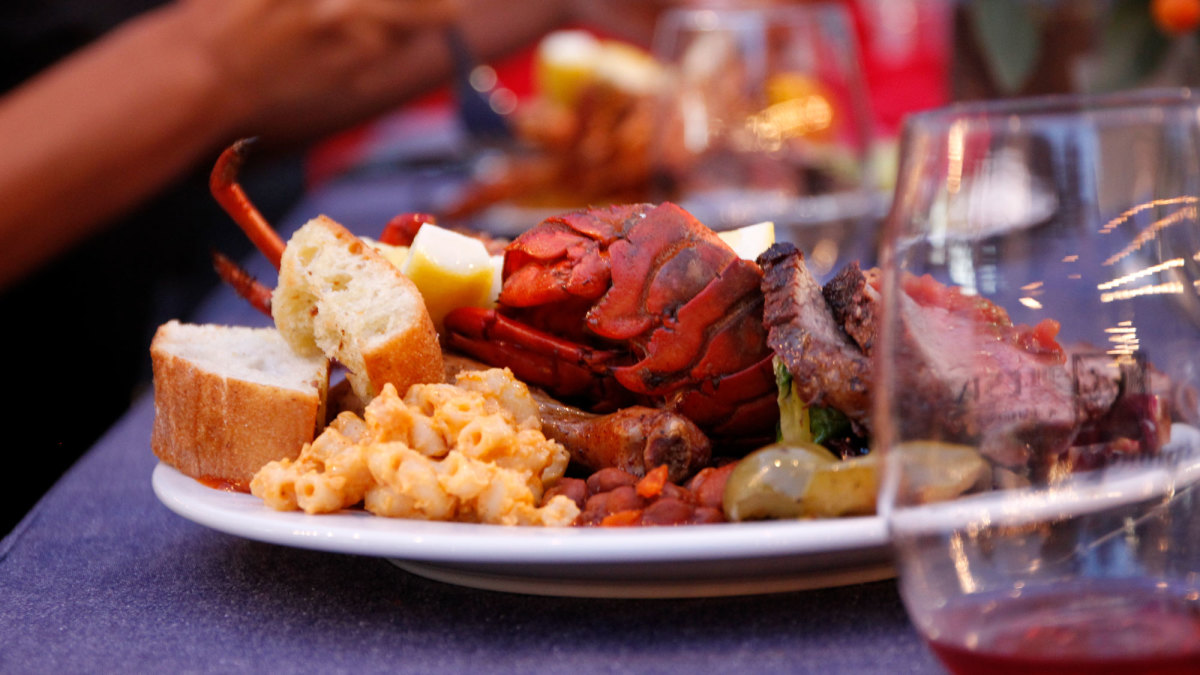
The history of Santa Maria-style barbecue started with the local ranchers in the Central California coast region in the late 1800s—even dating back to the Chumash people. They’d cook over the local hardwood in the area (primarly oak and sycamore). And due to the consistently windy conditions of the central coast of California, they would dig big pits into the ground to build their fires and cook over the embers. But the wind is actually a key component here, as it keeps the fire healthy and fueled without the need for ventilation. They’d place cuts like top sirloin on large skewers or stakes, and then roast the meat across the coals.
The Spanish introduced the grill in the early 1900s, and the below-ground pit became an above-ground pit with a lever to raise and lower the grill, essentially something that the ranchers could tow around—also known as an Argentine-style “Gaucho Grill” or simply “Santa Maria-style” grill.
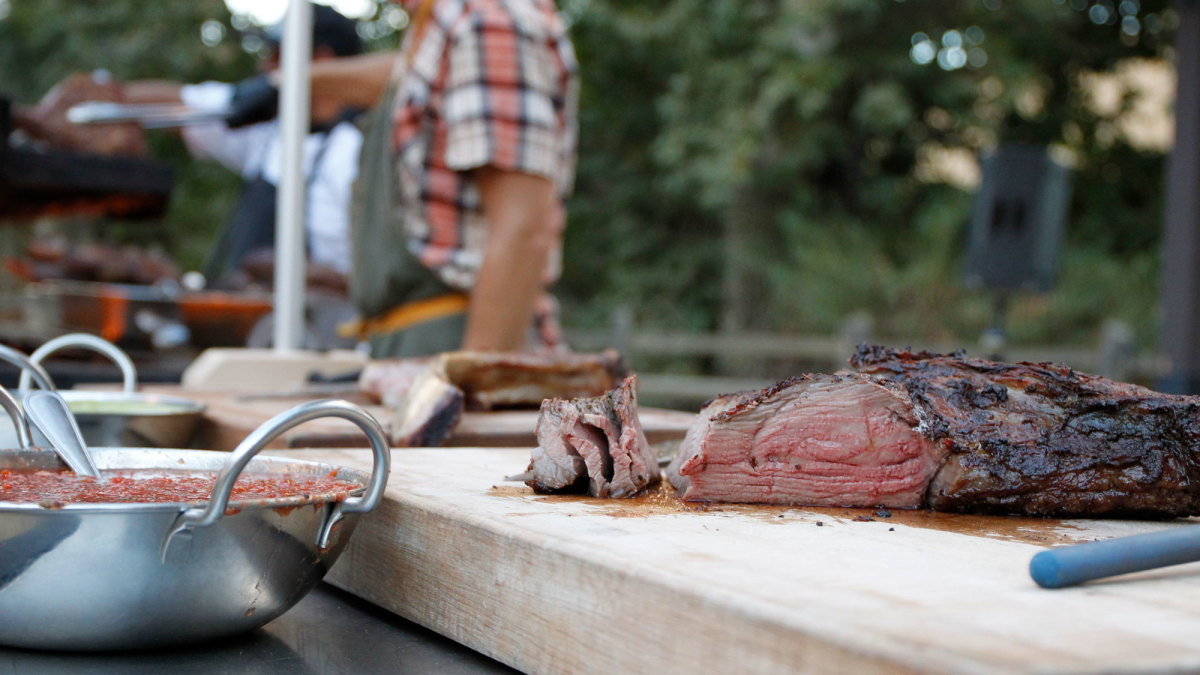
While tri-tip is somewhat of a staple in modern Santa Maria-style barbecue, the history goes back to three dominant proteins: top sirloin, chicken, and linguica (Portuguese sausage). A traditional Santa Maria-style meal consists of the protein, pinquito beans (locally grown in the area), salsa, garlic bread (grilled over oak and dipped in garlic butter), and a green salad, all followed by dessert (traditionally, strawberry shortcake).
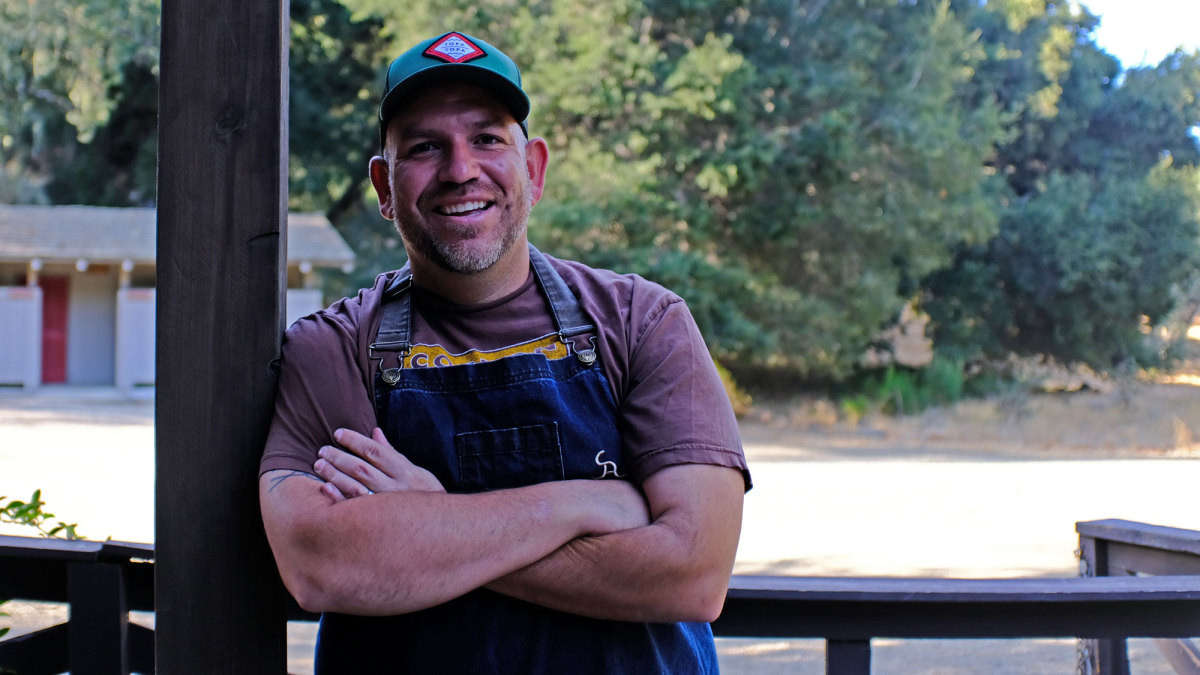
We sat down with Santa Maria-style barbecue expert and Executive Chef Anthony Endy at the Alisal Guest Ranch & Resort in the heart of Santa Barbara wine country for their annual BBQ Bootcamp event—a brilliant, three-day masterclass in all things barbecue, led by some of the best chefs in the country. We talked with Endy to learn more about what makes this style of grilling so juicy, smoky, succulent, and just damn delicious.
It All Starts With the Wood
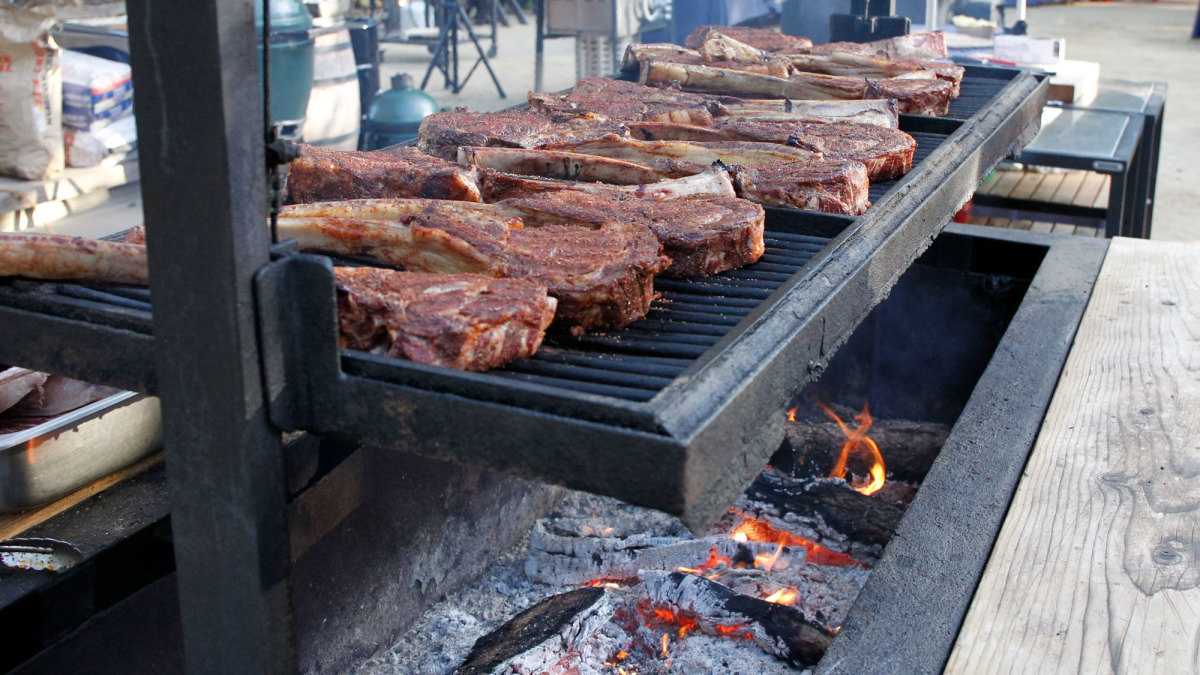
“We use the local hardwood, which is oak. Red oak is the most popular hardwood for barbecuing here. We use a blend of red oak and white oak just because it’s the most accessible here on the Alisal Ranch. So you’ll always start with that hardwood… the wood always comes first. You make a great fire for it, break it down into embers, and then you just slow roast. Santa Maria-style barbecue runs hotter than most, it’s not as smokey, but runs at a much hotter temperature.”
Reverse Sear Is Key
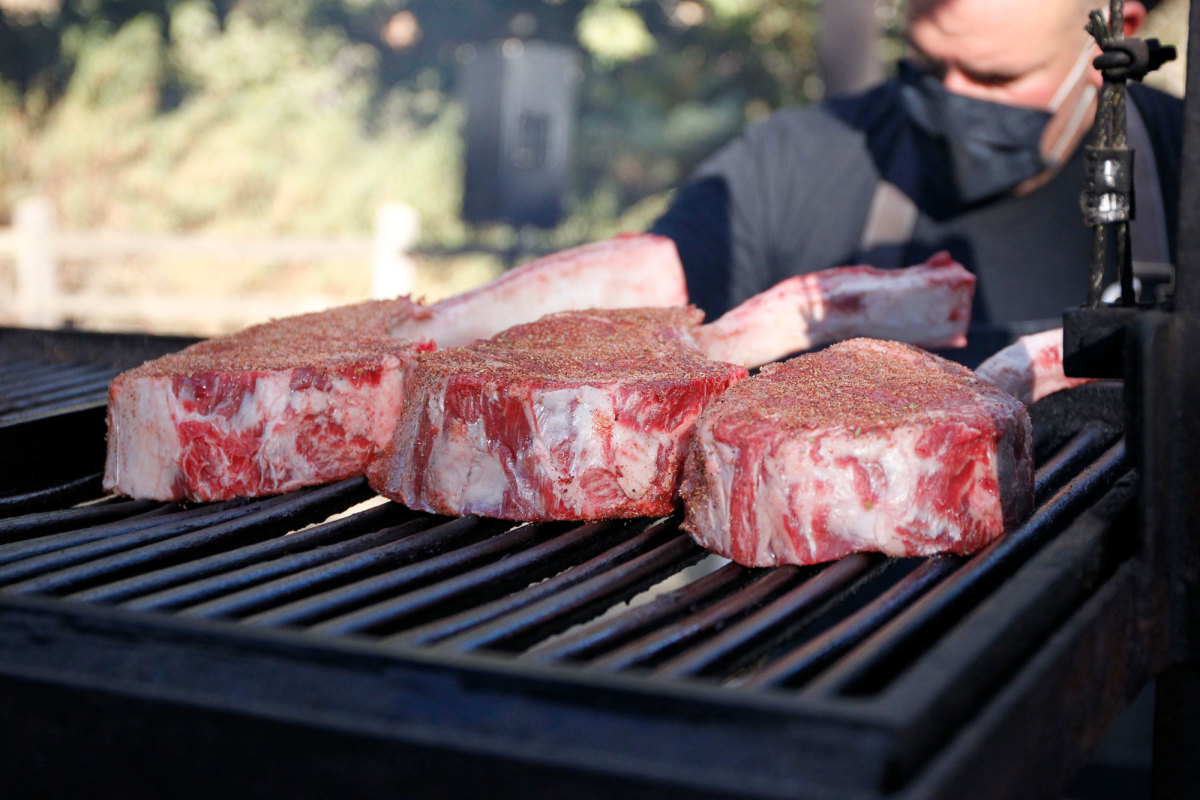
“You don’t want to sear out the flavors. You want to keep the juice inside your protein and you want to absorb the smoke… and keep flipping it. Reverse sear, when it comes to items like tri-tip—and even on the chicken, as well—I was doing [reverse sear] because these are items where you want the protein to absorb the smoke and then you want to create that crust at the very end.”
Don’t be Afraid to Flip the Protein
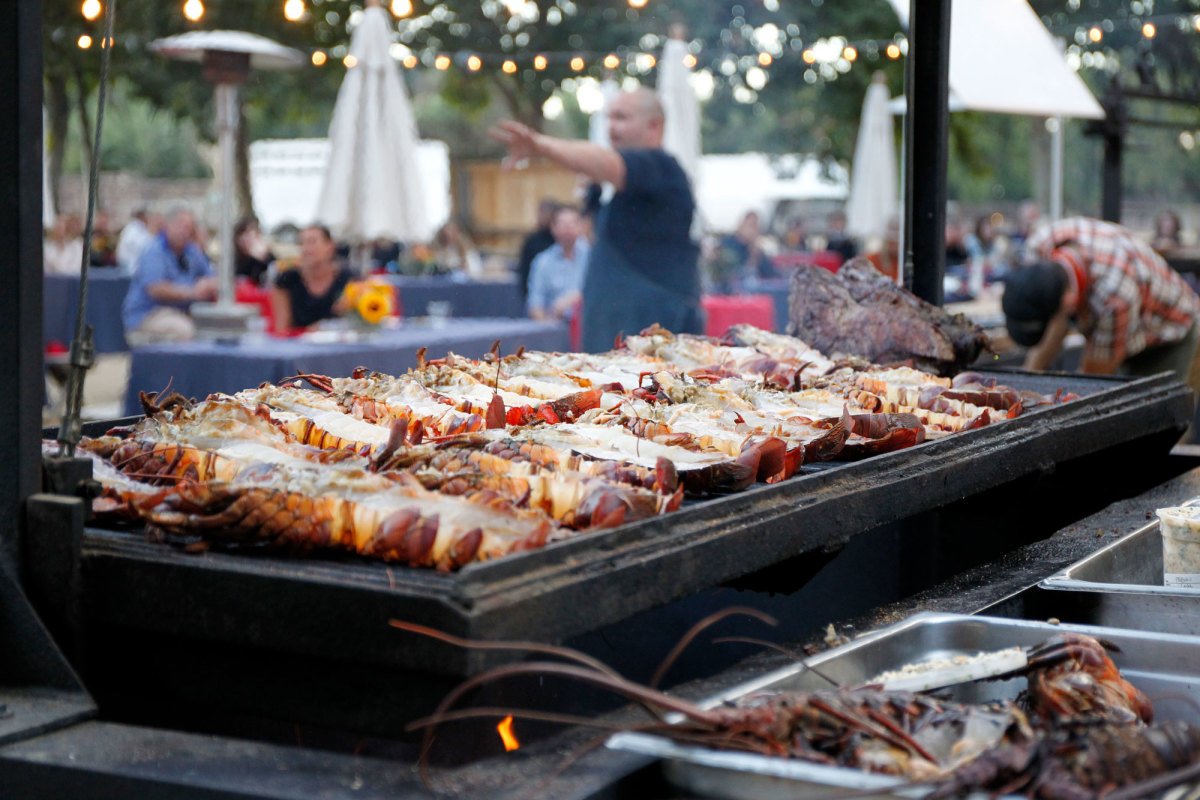
“Be committed once you put the protein on, and flip it often. The chicken will tell you when it wants to be turned, with tri-tip you don’t want to work with flare-ups, that’s a rookie mistake. Flare-ups usually occur when you add the fat like oil to the grill too early. Keep the fire low, and keep a good distance between the protein and flame itself.”
Always Start With a Clean Grill
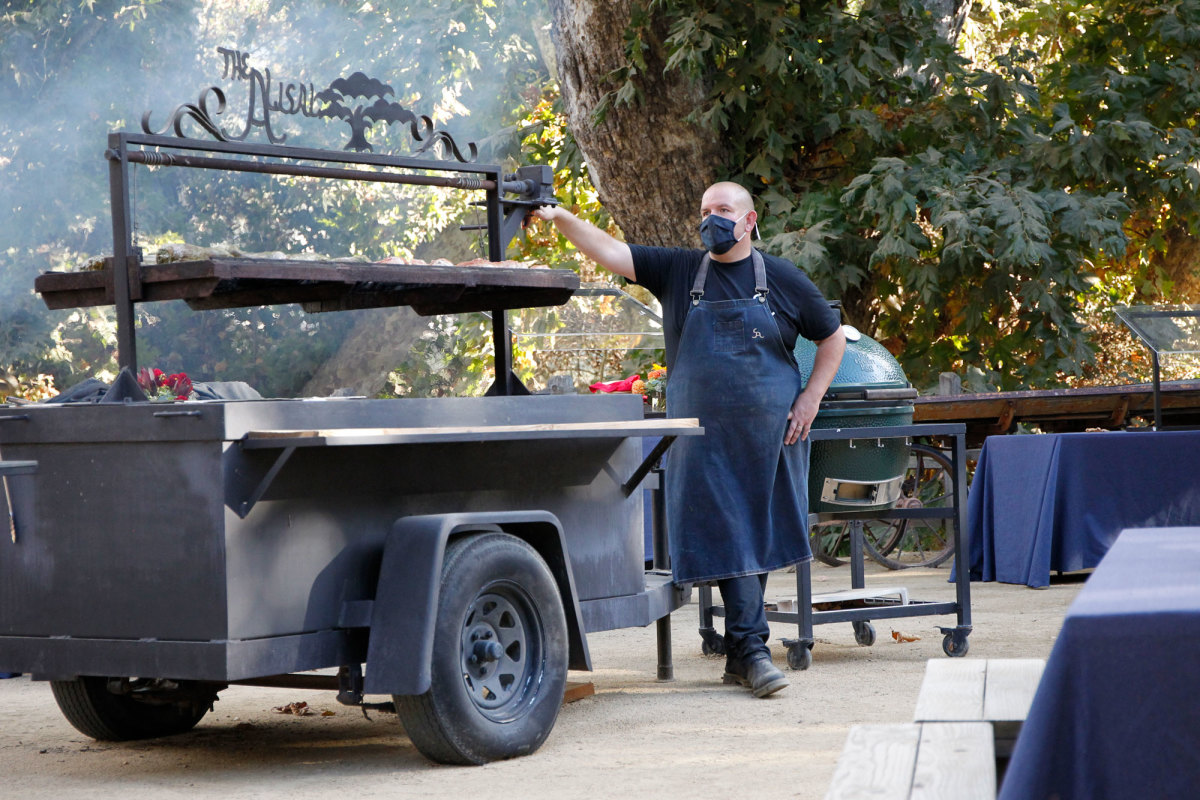
“Use the fat that you trim off the protein to wipe down and clean the hot grates before placing the protein on. This will clean off all the previous residue while maintaining the flavor of the protein.”
Use Tongs
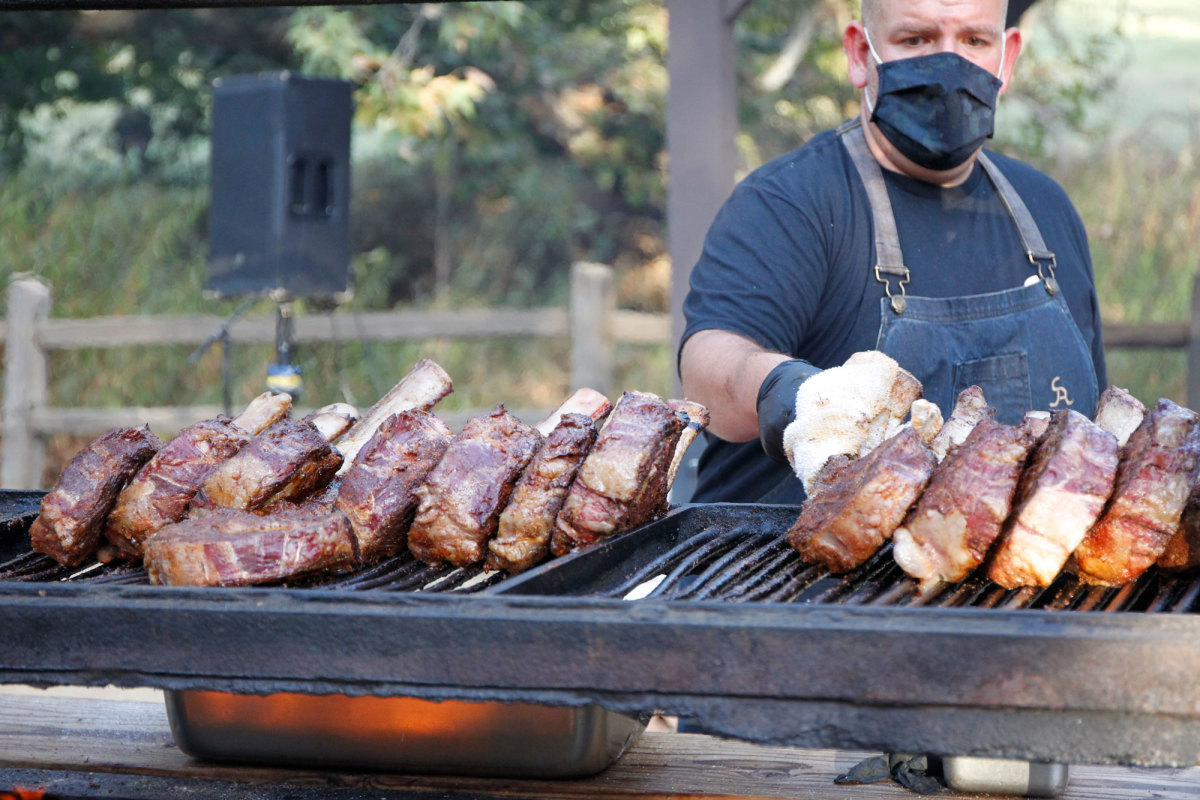
“Some Santa Maria guys use these little pig tail things to poke the meat and flip it. However, you want to keep the juices in, and each time you puncture it, you let the juices out. The goal is always juicy succulent meat. A major mistake people make is overcooking their meat, and a principle rule is always letting your meat rest (for roughly 20 minutes), and always cut against the grain when it comes to tri-tip.”
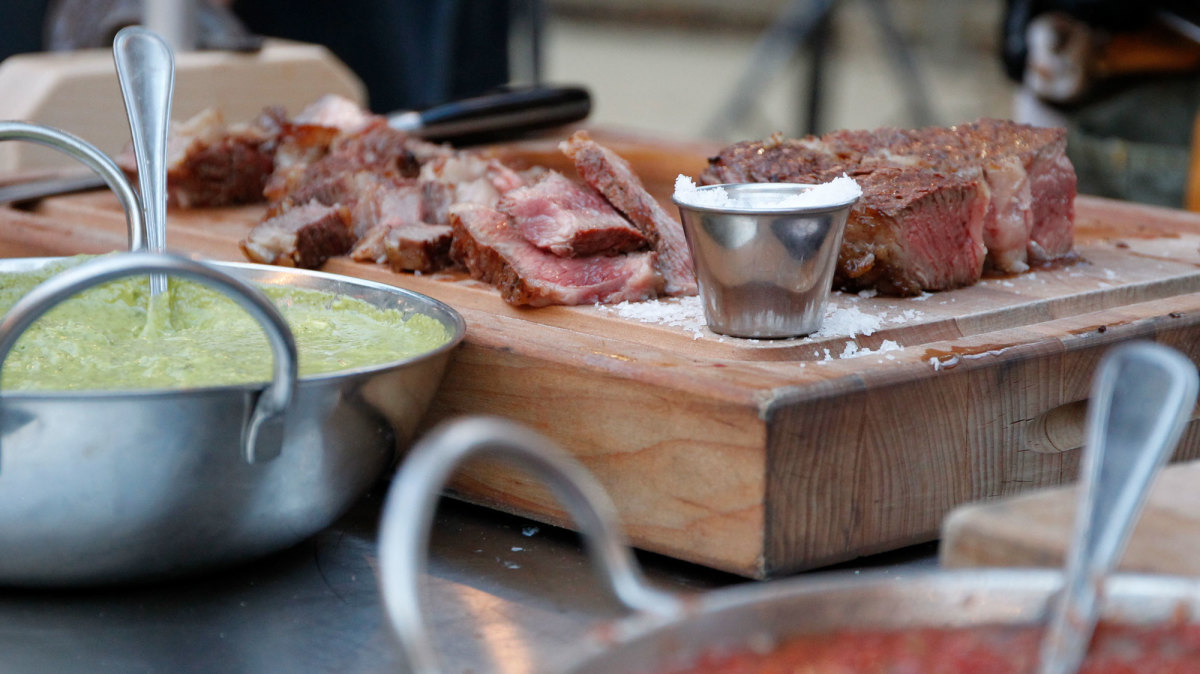
Check out more information about visiting the Alisal Guest Ranch & Resort, and get a jump on registering for their next BBQ Bootcamp event.
from Men's Journal https://ift.tt/2L8UBb8
No comments:
Post a Comment